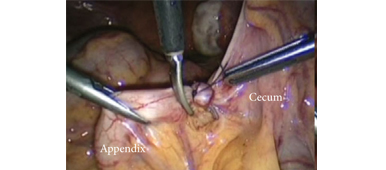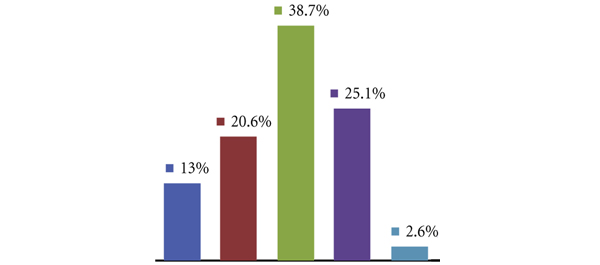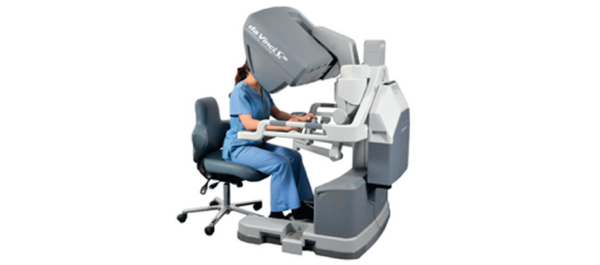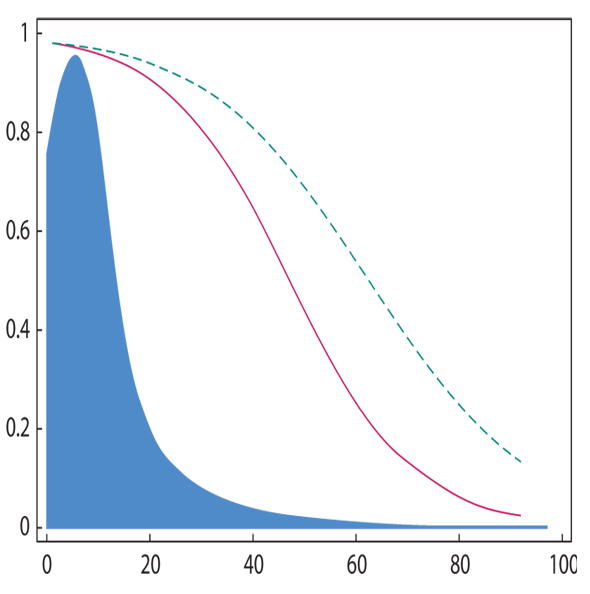Editorial: Robot-assisted pyeloplasty in children
The authors of the study on robot-assisted pyeloplasty in this issue of BJUI have carried out an excellent review of the current data on this common paediatric urology procedure [1]. Although the analysis involves small case numbers and series for meta-analysis, the data are useful for current practice. It may be worth waiting another 5 years to review the data again, by which time the learning curve for most of the surgeons will be over, and a true representation of practice and a comparison against the established standard open surgery, which has been established over decades, can be reported. The training of next-generation surgeons needs to be factored into this process, which is critically important.
With the different methods of critical evaluation presently available, we may be able to draw some conclusions from the results of robot-assisted pyeloplasty, but the problem that remains is the inconsistency of individual reports in terms of outcome and complications. We surgeons need to work on developing a consensus model for the evaluation of each procedure so that uniformity exists. The financial implications of new technology will always be higher than expected, but with a greater number of users and competitive producers the cost will be remarkably reduced. As paediatric surgeons, we do not know the unseen benefits of robot-assisted pyeloplasty, but the children’s families have a positive perception of post-surgical aesthetic appearance, and may also have some human capital gains in terms of reduced childcare expenditure. The paradigm shift to a digital era of surgery is here to stay, with safety and refinements to technology being universally available to all children.
Mohan S. Gundeti
BJUI Consulting Editor, Paediatrics, The Medicine University of Chicago, Chicago, IL, USA
References
1. Cundy TP, Harling L, Hughes-Hallett A et al. Meta analysis of robot-assisted vs conventional laparoscopic and open pyeloplasty in children. BJU Int 2014; 114: 582–94







